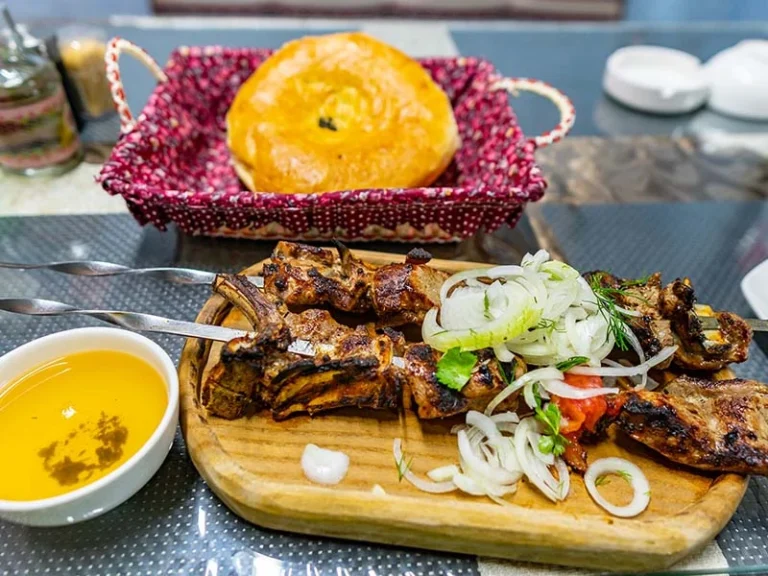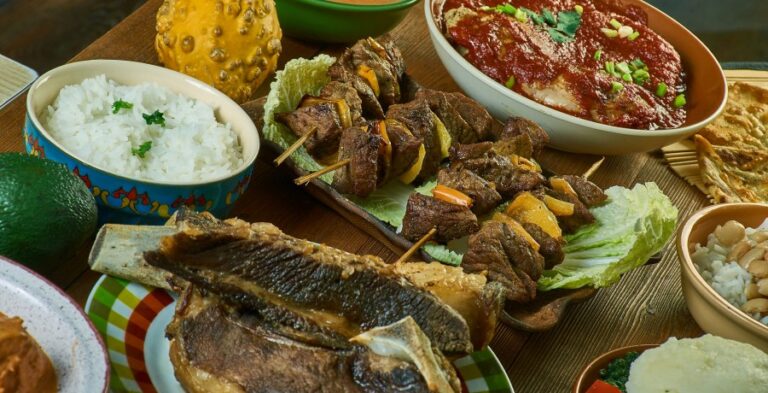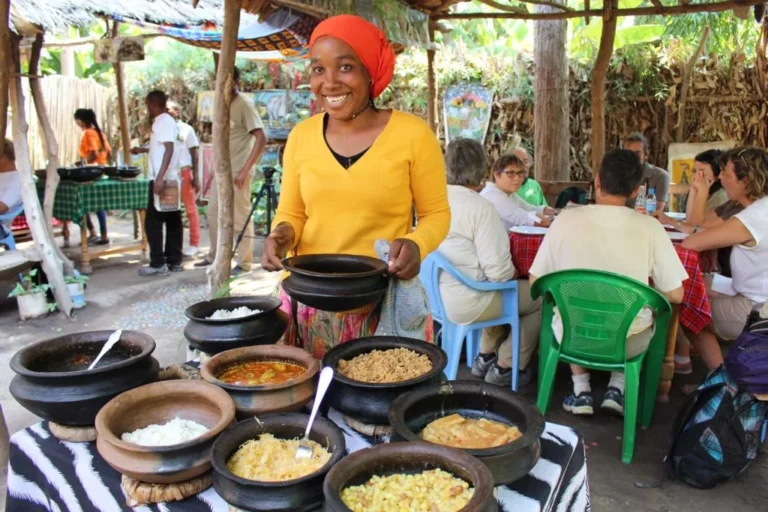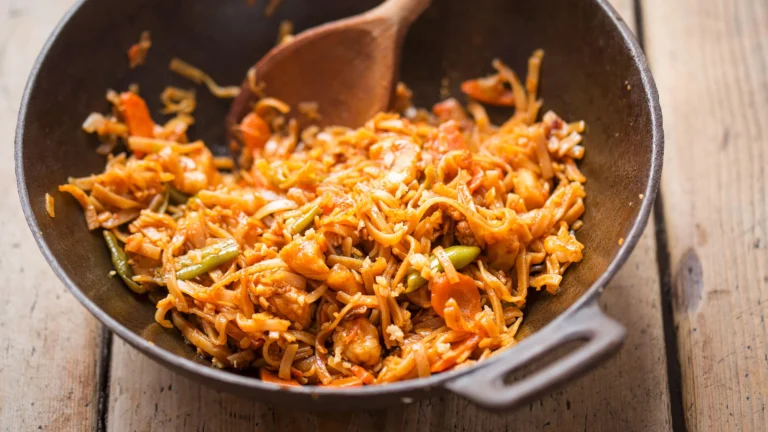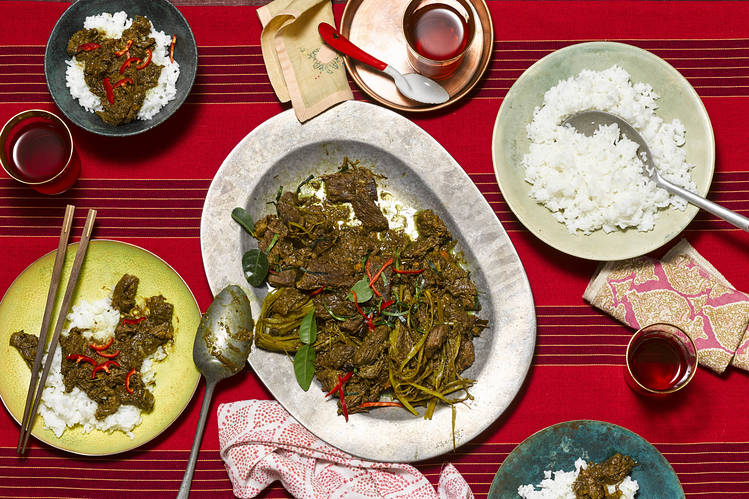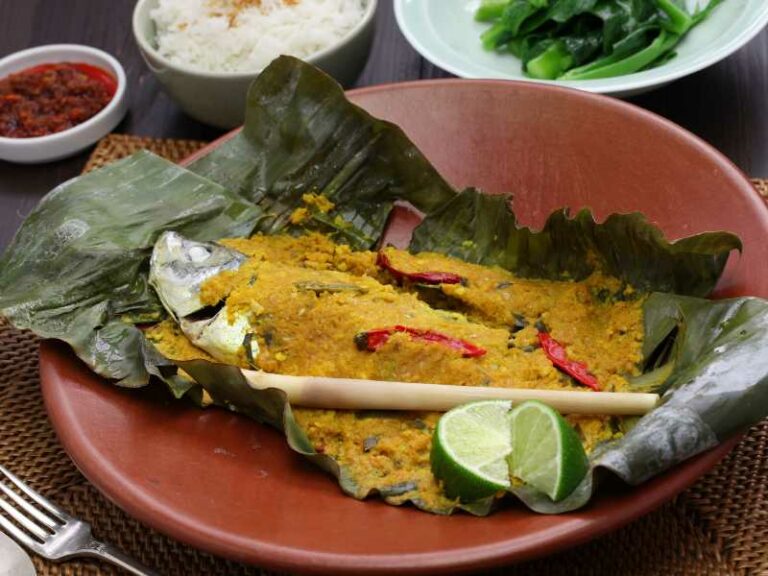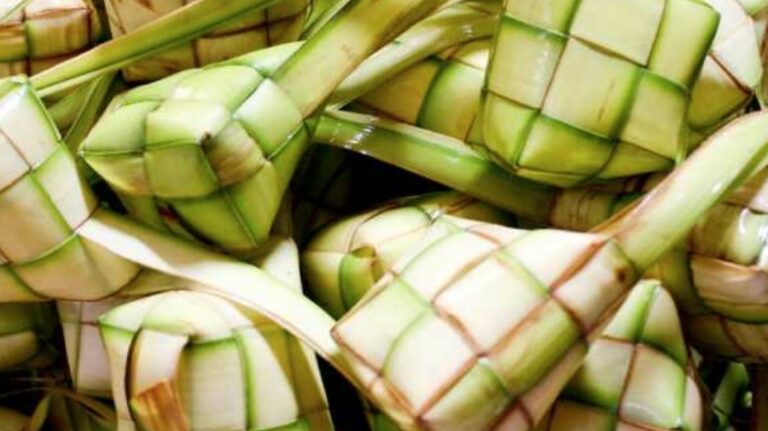Introduction: Central Asian Desserts
Central Asia is a region known for its rich culinary traditions, including an array of sweet treats. Central Asian desserts are typically made with ingredients such as nuts, dried fruits, and dairy products, and often feature a combination of sweet and savory flavors. While there are many similarities between the desserts of the various Central Asian countries, each nation has its own unique culinary heritage.
A Brief Overview of Tajik Desserts
Tajikistan is a landlocked country in Central Asia that shares borders with Uzbekistan, Kyrgyzstan, China, and Afghanistan. Tajik desserts are characterized by their use of nuts, fruits, and spices, as well as the influence of Persian and Russian cuisine. While many Tajik desserts are shared with other Central Asian countries, there are also several unique treats that are specific to Tajikistan.
Key Ingredients in Tajik Desserts
Like other Central Asian desserts, Tajik desserts often feature nuts such as almonds, pistachios, and walnuts. Dried fruits are also commonly used, including apricots, raisins, and dates. Spices such as cinnamon, cardamom, and nutmeg are added to enhance the flavor of the desserts. Dairy products are also frequently used in Tajik desserts, including yogurt, sour cream, and cheese.
Popular Tajik Desserts and their Unique Flavors
One of the most popular Tajik desserts is halva, a sweet confection made with ground sesame seeds and sugar. Another beloved dessert is shirin polo, a sweet rice dish that is often served at weddings and other special occasions. Other unique Tajik desserts include kaimak, a rich and creamy dessert made with clotted cream and sugar, and pahlava, a layered pastry that is similar to the Greek baklava.
Cultural Significance of Tajik Desserts
Tajik desserts play an important role in the country’s cultural heritage, often serving as symbols of hospitality and celebration. Many Tajik desserts are traditionally shared with guests as a sign of respect and friendship. Additionally, desserts such as shirin polo are often served at weddings as a symbol of the couple’s sweetness and love for each other.
Conclusion: Tajik Desserts Stand Out in Central Asia
While Tajik desserts share many similarities with other Central Asian sweets, their unique combination of ingredients and flavors sets them apart. From the rich creaminess of kaimak to the delicate sweetness of shirin polo, Tajik desserts offer a delicious taste of the country’s cultural heritage. Whether enjoyed as a dessert after a meal or shared with friends and family on special occasions, Tajik desserts are a beloved part of the country’s culinary tradition.


